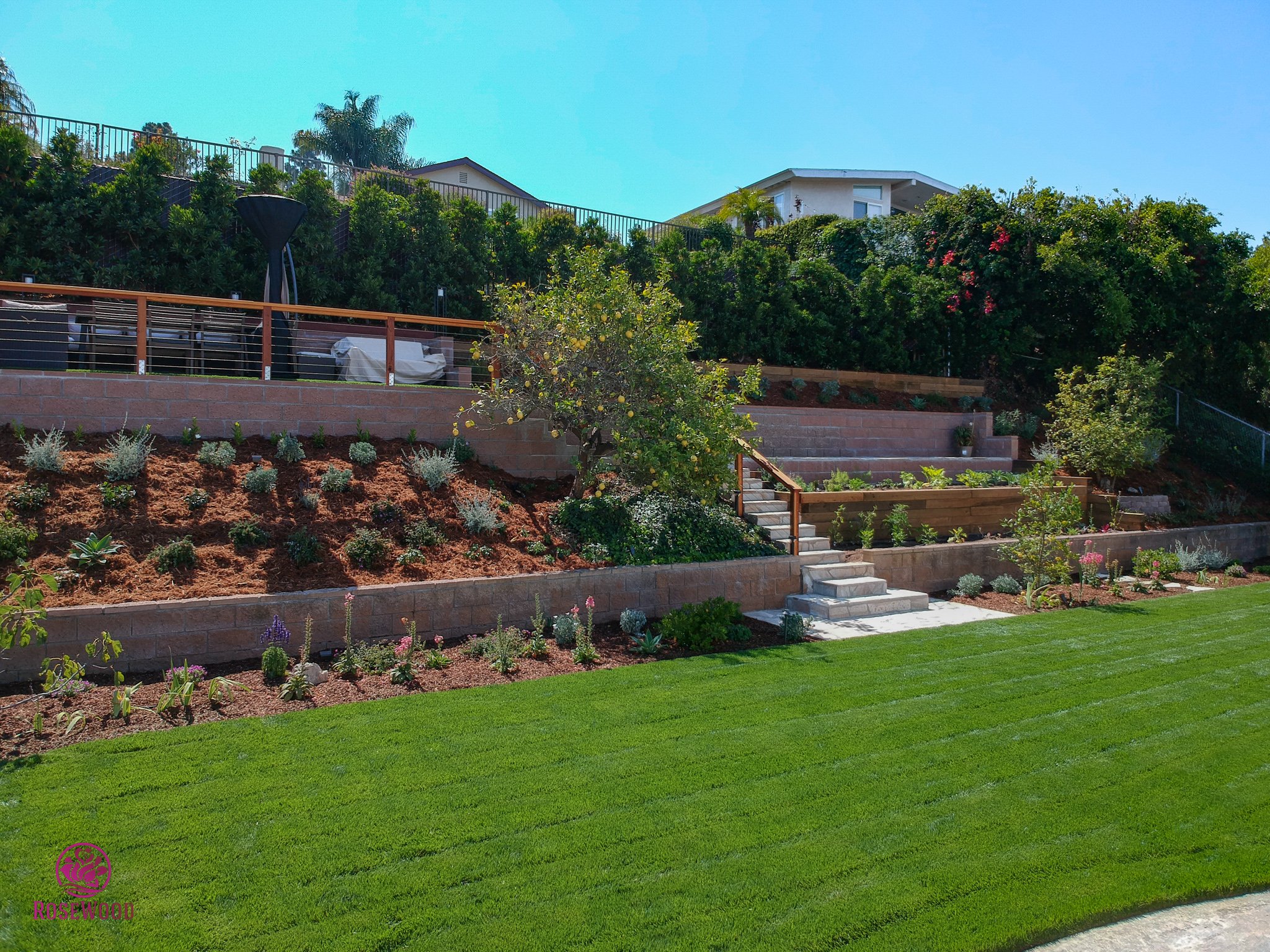Native Plants, Endless Beauty: Embracing Indigenous Flora in Residential Landscaping
Embracing indigenous flora not only enhances the aesthetic appeal of outdoor spaces but also promotes biodiversity, supports local ecosystems, and requires less maintenance than non-native species. From vibrant wildflowers to majestic trees, incorporating native plants into residential landscapes offers endless opportunities for beauty, sustainability, and ecological harmony.
One of the primary advantages of using native plants in residential landscaping is their ability to thrive in their natural environment without the need for excessive water, fertilizers, or pesticides. Native plants have evolved to withstand local climate conditions, soil types, and pest pressures, making them well-suited for residential landscapes with minimal intervention. By reducing the reliance on synthetic inputs, homeowners can create landscapes that are not only beautiful but also environmentally sustainable and cost-effective to maintain.
In addition to their practical benefits, native plants offer a diverse palette of colors, textures, and forms that can add visual interest and character to residential landscapes. From the delicate blooms of spring wildflowers to the fiery foliage of fall shrubs, native plants provide ever-changing beauty throughout the seasons, creating a dynamic and captivating outdoor experience. Whether used as focal points in garden beds, border plantings along pathways, or natural screens for privacy, native plants have the power to transform ordinary landscapes into extraordinary works of art.
Furthermore, incorporating native plants into residential landscapes plays a crucial role in supporting local ecosystems and wildlife populations. Native plants provide essential food and habitat for pollinators, birds, and other wildlife, helping to sustain biodiversity and promote ecological balance. By creating pockets of native vegetation within residential neighborhoods, homeowners can contribute to the conservation of native species and help mitigate the negative impacts of urban development on natural habitats.
Ultimately, embracing indigenous flora in residential landscaping is about more than just creating a beautiful outdoor space—it's about forging a deeper connection with the land and fostering a sense of stewardship for the environment. Whether you're planting a butterfly garden to attract pollinators, restoring a patch of prairie habitat, or simply adding a few native shrubs to your backyard, every effort to incorporate native plants into residential landscapes contributes to a brighter, more sustainable future for generations to come. So go ahead, embrace the endless beauty of native plants, and let your residential landscape become a haven of natural splendor and ecological harmony.


